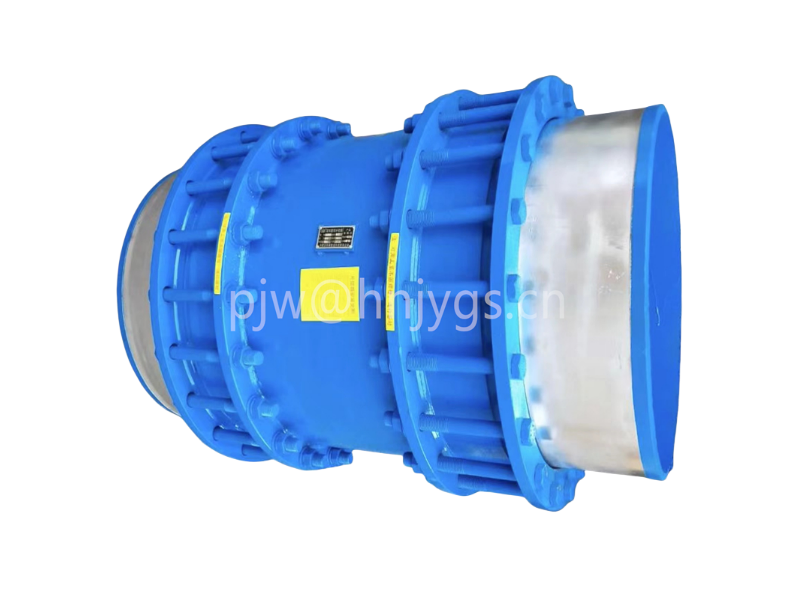Pipeline expansion joint is a connector that compensates for size changes caused by thermal expansion and contraction in pipeline connections. There are two commonly used types of pipeline expansion joints, one is rubber pipeline expansion joint, and the other is metal pipeline expansion joint.

Characteristics of rubber pipe expansion joint:
1、 It can reduce structural transmission noise and has strong vibration absorption ability during work.
2、 Small size, light weight, good elasticity, and easy installation and maintenance.
3、 During installation, axial, lateral, longitudinal, and angular displacements can be generated without being limited by the user's pipeline not being centered or flanges not being parallel.
4、 Special synthetic rubber can withstand high temperatures, acid and alkali, and oil, making it an ideal product for chemical corrosion-resistant pipelines. The main characteristics of metal pipeline expansion joints are large expansion compensation, high temperature tolerance, and high pressure tolerance.
There are strict regulations for installing steel expansion joints. During installation, attention should be paid to the setting and stress of the fixed bracket. During compression, the expansion end of the expansion joint should not be pulled out due to cracking of the fixed bracket; The installation must be designed by the design department, otherwise the pipeline is prone to problems. Pay attention to the distance between the guide brackets. A good guide bracket should be installed at a distance of 4D (4 times) from the compensator, two guide brackets should be installed at a distance of 14d from the compensator, and three points can be set arbitrarily.
Expansion joints can alleviate blind plate thrust during pipeline operation. However, force transfer joints and limit force transfer joints should be used in sliding pipeline connections without fixed supports, infinite supports, and directional limit supports at the pump outlet and pipeline corners to avoid thrust concentration at pipeline corners or near the pump end, which may cause impact damage to equipment. In fact, in the use of various pipelines, limit expansion joints (expansion joints) and anti pull limit rubber joints are used to provide certain protection for pipelines, especially for the installation and maintenance of pipelines, which provides great convenience. And limit expansion joints and clamp flexible joints can be used, because the force transmission joint can transmit the blind plate thrust during pump start-up to various parts of the pump and pipeline through the force transmission bolt (i.e. full wire bolt). Expansion joints, force transmission joints, expansion joints (expansion joints) and rubber joints, clamp flexible joints (referred to as clamp joints) and quick joints all have a common function in pipeline connection, playing a role in compensating for displacement during pipeline operation,











